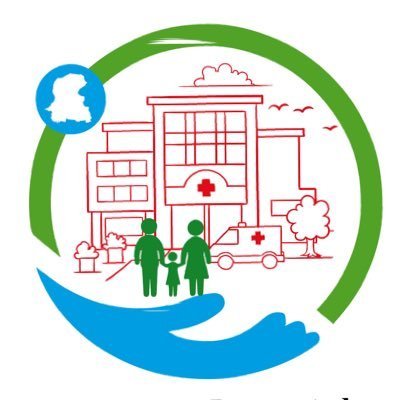Common Queries
Frequently Asked Questions
1000 days, or approximately 2.7 years, is a critical period in a child's development from conception to their second birthday.
These days lay the foundation for a child's physical, cognitive, and emotional development, impacting their lifelong health and well-being.
Ensure proper nutrition, stimulation, and a nurturing environment with love and care.
Nutrition is crucial for brain growth, immune system development, and overall health.
Breast milk, fortified baby foods, and a balanced diet rich in fruits, vegetables, and protein sources are ideal.
Breastfeeding provides essential nutrients and immune support, but formula feeding can also be appropriate if the doctor suggests it.
Milestones include sitting, crawling, first words, and forming social bonds.
A safe and stimulating environment can positively influence a child's development.
Neglect during this period can lead to physical and cognitive challenges in the future.
Respond to their emotional needs, provide a secure attachment, and offer affection.
Consult with a pediatrician for guidance.
Yes, ongoing monitoring and support are essential for continued growth and well-being.
While early interventions are crucial, children can continue to learn and develop throughout their lives.
Seek support from family, friends, or childcare services to ensure your child's needs are met.
Vaccines protect against serious illnesses and should be administered according to the recommended schedule.
Yes, adequate sleep is essential for physical and cognitive growth.
Around 6 months of age is a common recommendation for introducing solids.
Be patient, offer a variety of foods, and avoid pressuring them to eat.
Yes, a mother's health and nutrition during pregnancy are critical for the child's development.
Talk, read, and sing to your child regularly to encourage language skills.
FP is a set of practices and methods to control when and how many children a couple has.
FP helps individuals and couples make informed choices about their reproductive health, leading to healthier families and communities.
Methods include condoms, birth control pills, intrauterine devices (IUDs), sterilization, and natural family planning.
No, FP also includes methods to help couples achieve desired pregnancies and space births.
FP can begin when a person becomes sexually active or when they desire to space or limit their pregnancies.
Yes, FP services are typically confidential to protect individuals' privacy.
Yes, FP decisions should involve both partners, as it impacts both men and women.
Yes, FP decisions should involve both partners, as it impacts both men and women.
Side effects vary by method but can include hormonal changes, irregular periods, or temporary discomfort.
Yes, most FP methods are safe for long-term use, but it's essential to consult with a healthcare provider for guidance.
While no method is 100% effective, using FP methods correctly and consistently greatly reduces the risk of unintended pregnancies.
Yes, spacing pregnancies and planning births can reduce maternal and child mortality rates.
All Government Dispensaries and Basic Health Units have FP services.
Many FP methods are reversible, allowing individuals to regain fertility when they choose to do so.
The program is based on addressing social determinants of health (women empowerment, livelihood, gender-based violence) and core issues of health i.e., community engagement, and quality health services aimed at reducing maternal mortality, infant mortality, and child mortality.
SIHPP aims to establish a community health system centered around skilled Community Midwives (CMWs) in areas that lack healthcare services. It involves both demand and supply-side strategies, focusing on community mobilization, awareness, and empowerment. Additionally, it includes the establishment of referral pathways using a network of ambulances through a partnership. This integrated approach strengthens connections with the District Health System, encompassing Basic Health Units (BHUs), Rural Health Centers (RHCs), Tehsil Headquarter Hospitals (THQs), and District Headquarter Hospitals (DHQs).
